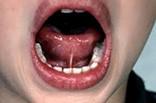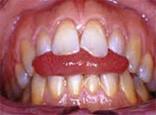Growth Focused Orthodontics
Most people are familiar with traditional orthodontic treatments, like metal braces and Invisalign, but they are not aware of the alternative method. Using growth focused orthodontics, orofacial myofunctional therapy combined with Myobrace and expanders, we can often stop orthodontic problems before they progress to more complex issues.
Growth Focused Orthodontics is a phased type of orthodontics where growth is utilized to correct developmental occlusal problems. With growth focused
orthodontics, children are treated at much earlier ages to take advantage of continuing growth. Patients at this age tend to be more receptive to, and compliant with treatment.
Parents and patients need to understand that when this type of orthodontics is performed there is usually more than one phase of treatment. Phase two will most often begin when all the permanent teeth are in place. Going through phases allows for the second phase to be shorter in duration, since the major corrections happened in the interceptive orthodontics phase.
Common Causes of Unfavorable Growth
Early Signs to Look for in your Child
Treatment Options:

 Tongue Ties
Tongue Ties Improper Swallow
Improper Swallow
